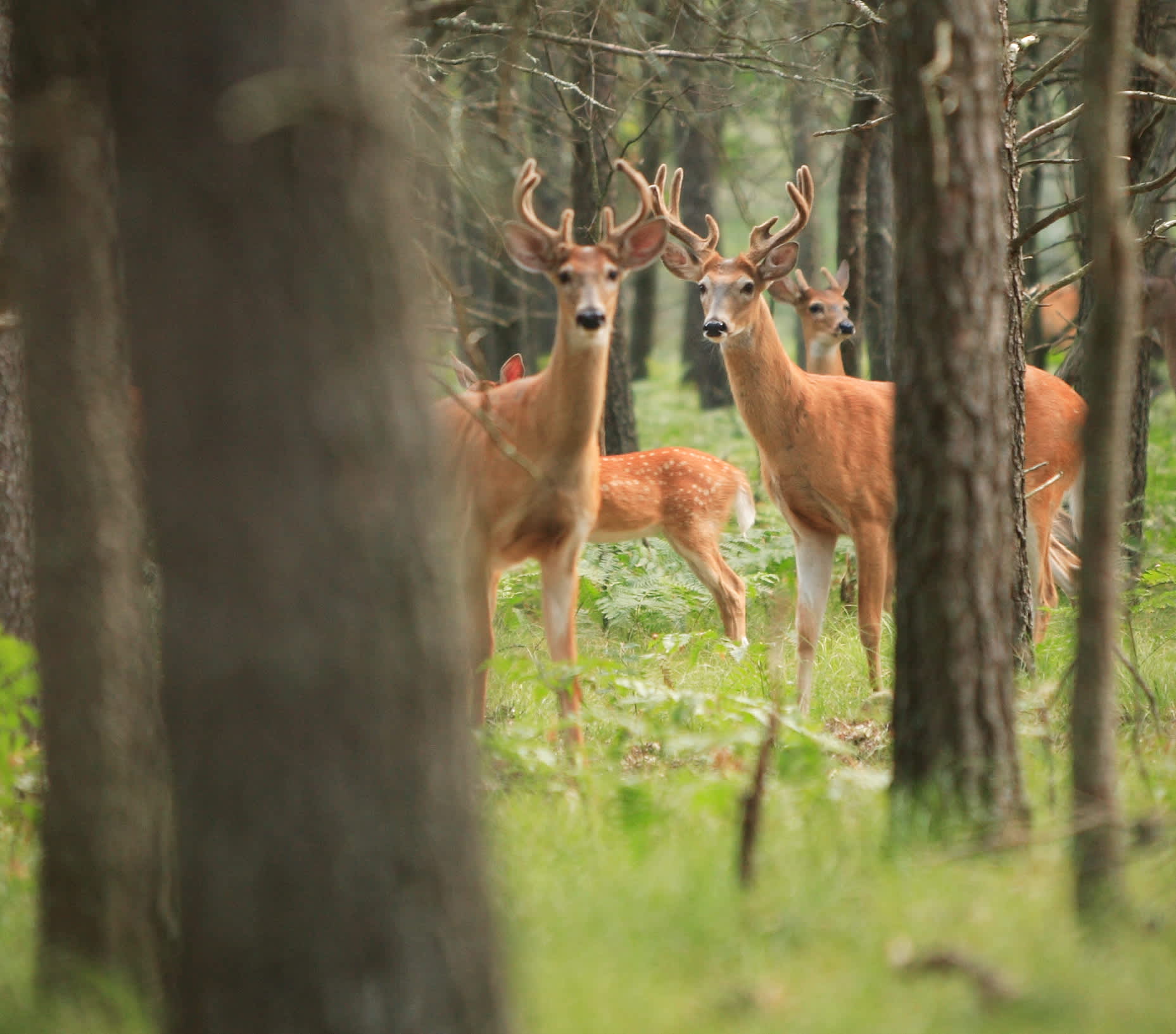First Case of CWD Found in Wild Iowa Deer
OutdoorHub Reporters 04.11.14

The Iowa Department of Natural Resources (DNR) announced on Wednesday that the first case of chronic wasting disease (CWD) has been found in the state’s wild deer. According to a press release, the infected deer was harvested by a hunter using a shotgun in Allamakee County late last year. Although it is the first case of CWD in wild deer for Iowa, every bordering state has reported the presence of the disease in some form.
“We have been testing for CWD in Iowa’s deer herd for more than a decade and are optimistic, given the extensive data we have collected, that we have caught this early,” said Chuck Gipp, DNR director.
CWD is a neurological disease that affects deer, elk, and related species. Common symptoms include weight loss, excessive salivation, appetite loss, and other abnormal behavior. It is always fatal.
The first case of CWD in North America was discovered in Colorado in 1967. Since then the disease has spread to wild deer populations in Illinois, Kansas, Maryland, Minnesota, Missouri, Nebraska, New Mexico, New York, North Dakota, South Dakota, Texas, Utah, Virginia, West Virginia, Wisconsin, Wyoming, and certain locations in Canada. The Iowa DNR has tested over 42,000 wild deer and 4,000 captive deer and elk since the state’s CWD surveillance program began in 2002.
“The next step will be to focus our monitoring efforts in the area where the animal was harvested and work closely with local landowners and hunters to gather more information.” Gipp said.
Humans are not believed to be affected by CWD or the consumption of affected deer, but experts advise that hunters don protective gloves while dressing game as a precaution. Although it is far from common fare, experts also advise that the deer’s brain, eyes, and spinal cord should not be eaten.

